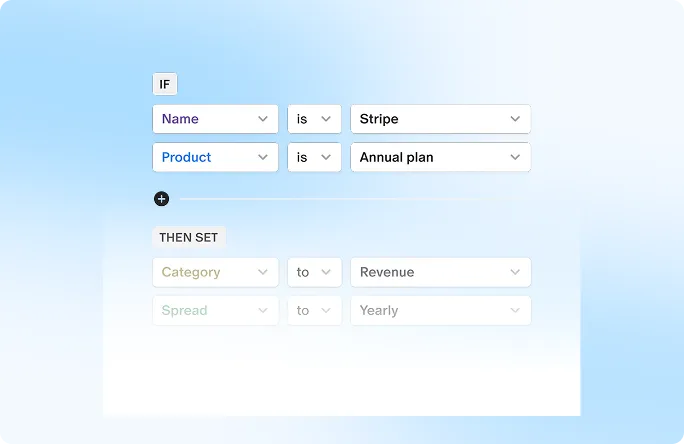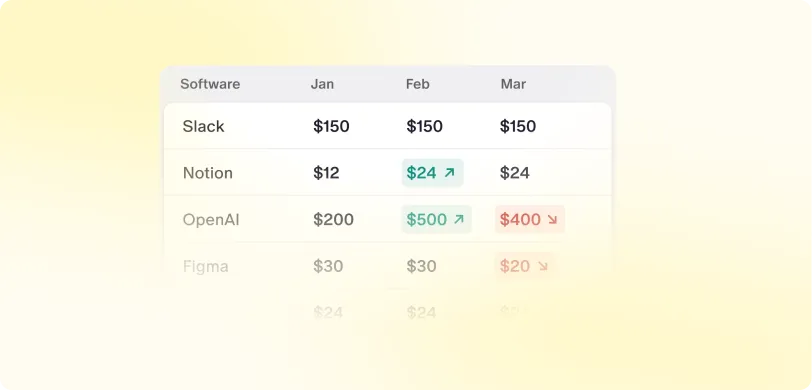A term sheet is a non-binding agreement that shows the basic terms and conditions of an investment. The term sheet serves as a template and basis for more detailed, legally binding documents.
Some common conditions of a startup's term sheet typically are:
- It is non-binding. Neither the entrepreneur nor the VC is legally obligated to abide by whatever is outlined on the term sheet.
- Company valuations, investment amounts, the percentage of stakes, and anti-dilutive provisions should be spelled out clearly.
- Voting rights. Start-ups seeking funding are usually at the mercy of VCs who want to maximize their investment return. This can result in the investor asking for and obtaining a disproportionate influence on the company's direction.
- Liquidation preference. The term sheet should state how the proceeds of a sale will be distributed between the entrepreneur and the investors.
- Investor commitment. The term sheet should state how long the investor is required to remain vested.
What should be the top few focus when negotiating a term sheet?
Typically, the bargaining power lies with the investor. Thus, new investors usually have the power to ensure they get a certain percentage of predetermined ownership at the end of the financing round. At times they may even negotiate for other provisions to protect their downside and maximize their investment's payout. Founders should pay closer attention to the following:
- Valuation/Dilution -  Make sure you understand the effect of including the option pool in the fully diluted pre-money valuation. Always think about valuation in the context of the particular investor.  A lower valuation from a great investor may be better than a higher valuation from a bad investor.
- Liquidation Preference - It defines the return that an investor receives in a sale of the company, and it can have a significant impact on the founder's return. Be sure to model out expected exit values so you understand the actual dollar differences between the liquidation preference formulas. Also keep in mind that terms put in place in earlier Series very often carry over to the later rounds.  The fact that terms carry over into later rounds (and sometimes negatively affect the earlier investors in later rounds) can often be used as leverage to resist their inclusion. 
a. For example, a 'participating preferred' for a small seed round might not result in a meaningful extra return for the investor at exit (at least in absolute dollar numbers), but it will be painful to the founders if all future rounds include participating preferred stock.
b. Typically, liquidation pay-outs are 1 times the original investment amount. If investors start to be given liquidation multipliers, allowing them to receive a pay-out multiple times of original investment before junior shareholders are paid, carrying over this provision into new rounds of funding will exponentially diminish the founder's return.
- Very commonly, the founders and investors will have to commonly agree and include the treatment of ESOP pools in their term sheet. It may potentially stipulate whether to top it up on a pre/post-money basis. This difference decides if only existing shareholders bear the dilution impact, or the new investors must bear some dilution effect as well.
Keep watching this space to understand everything related to Term Sheets, Cap Tables, ESOPs and many more.


 Equity management
Equity management

 Fund management
Fund management

 Fund management
Fund management

 Fund management
Fund management












































